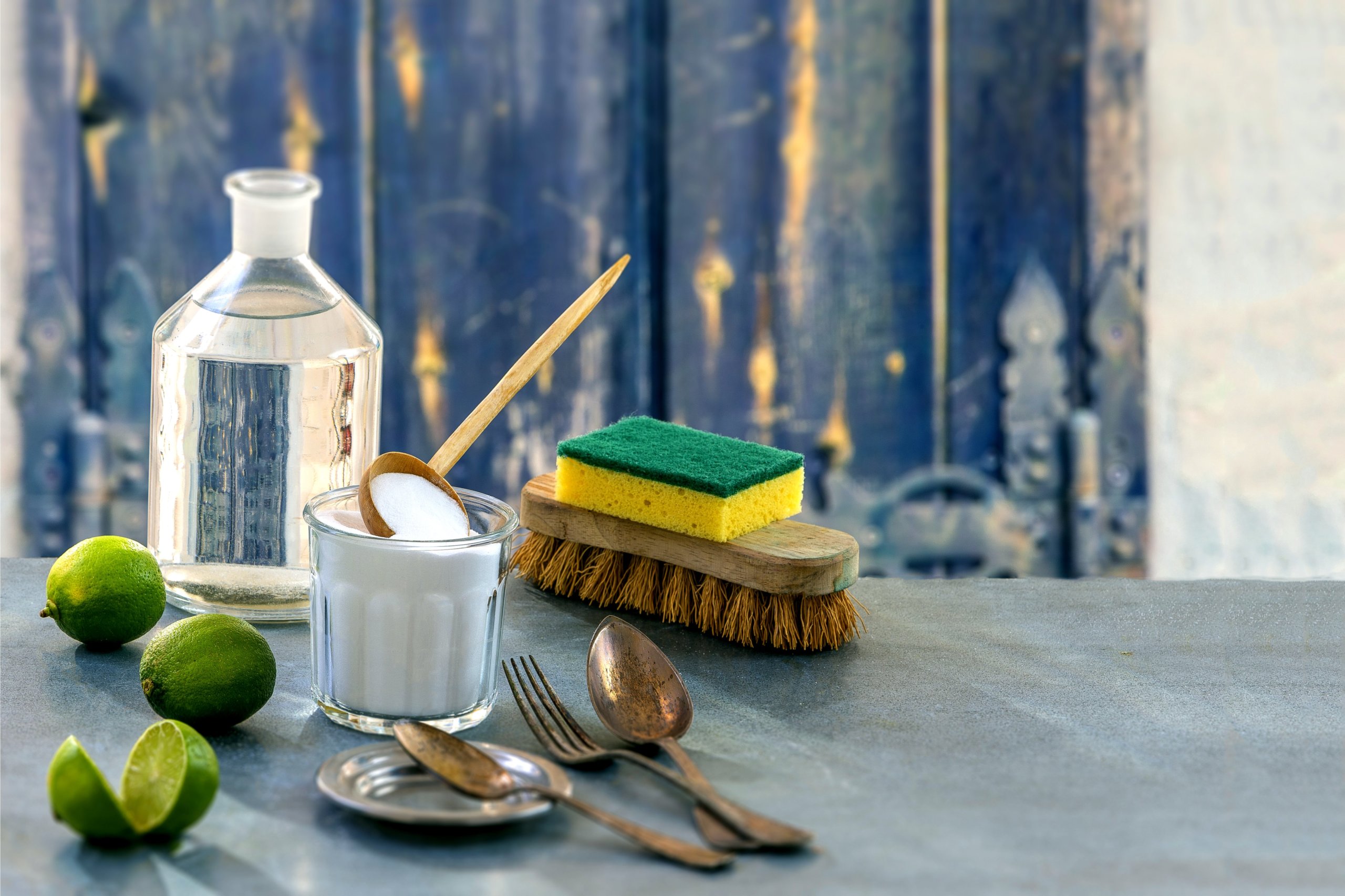
Ways to Reduce Toxins From Our Body and Our Earth
Every April 22nd, we celebrate Earth Day by turning out the lights, conserving energy, and generally just reducing our carbon footprint.
Of course, these are all swell habits to have any day of the year, but at Naturna, our efforts are focused on toxins.
Toxins are not only harmful to humans on a daily basis, but also our precious earth. So while we’re all doing our part to reduce our impact, Naturna wants to point out how we can reduce and eliminate toxins and chemicals from our bodies and our homes, and eventually our lands, oceans, and air.
Improve Your Indoor Air Quality
Several studies show that indoor air quality is worse than outdoor air. (Yes, even in NYC!) Synthetic chemicals like VOCs (Volatile Organic Compounds) are carried in from things like particle board furniture, paints and wood finishes, and even the building materials.
We spend most of our lives indoors, so what can we do? Give your home a little self-care every now and then!
Open Windows
Flush out your home’s toxins from time to time by opening the windows and letting in the breeze. The fresh air does a lot of good. For us big city residents, we may worry about pollutants from outside getting in. That’s why we…
Bring Plants Indoors
Plants are not just decorative; they’re also natural air detoxifiers. Some excellent air purifying plants to add are English ivy, bamboo palm, Chinese evergreen, and spider plants. (Some, like Peace Lilys, work well too, but be cautious as they’re toxic to pets.)
Use Green Household Cleaners
Okay, so you don’t exactly have a green thumb. But at least be sure to purchase gentle, all-natural household cleaners. Some of the worst offenders are air fresheners and aerosol sprays, laundry detergent and dishwashing liquid, wood floor polish and carpet cleaners.
Instead, reach for plant-based and non-toxic cleaning disinfectants like vinegar, baking soda, lemon juice, and hydrogen peroxide. Even a simple solution of diluted olive oil and lemon can polish and shine furniture just as well as their nasty counterparts.
Replace air fresheners and aerosol sprays with an hydrosonic diffuser with essential oils like peppermint and Frankincense. Not only do they have calming properties, but natural antibacterial and antifungal properties.
Spend Time OutsideーIt’s Good for You!
Improving your home’s indoor air quality is an excellent start, but getting outside is something else entirely. Studies show that simply being out in nature reduces blood pressure, improves overall mood, and reduces stress.
Unplug and Be One With Nature
Disconnect from your devices and limit your exposure to EMFs. Doing so is beneficial and can even reduce Chronic Fatigue Syndrome.
Absorb Vitamin D
Vitamin D in sunlight is fantastic for our bodies. Vitamin D strengthens our immune system and is great for improving our fertility. Have a picnic in the park or bring along the yoga mat for some sun salutations.
Try Forest Bathing
Feel like being in the shade instead? Try forest bathing or Shinrin-yoku! In the Manhattan area are several guides and programs such as Urban Edge Forest Therapy and Treebath, which offers private forest therapy session in Central Park and Battery Park.
Eliminate Plastic and Toxins
Eliminate plastic and toxins from your life—completely! (Or at least the best you can.)
They’re everywhere. Even recently, tiny plastic microbeads (the ones we wash down the drain after bathing) were discovered in our waterways and our food chain. Discover trusted brands to use in your every lifestyle.
Purchase Organic
Eating local and organic is obviously the healthy choice, but furthermore, it supports the farmers who choose not to use pesticides that go into the soil. Some local farmers haven’t paid for the certification so make sure to ask them if they “spray”. It doesn’t need to be certified organic. Just chemical free.
Environmental toxins are everywhere, whether you digest them directly or not. We say why not nip it in the bud and support farmers who use sustainable practices. Win-win!
Use Green Cosmetics
Put a little green in your beauty routine! Nail polish, cosmetics, body wash, face wash—you name it! Most hygiene products, cosmetics, and toiletries contain toxins. And instead of ingesting these toxins or breathing them in, they go straight on our skin.
But our skin acts as a barrier, right? Wrong! Our skin microbiota is disrupted easily, and many of these products contain harsh chemicals, plastics, and even phthalates. Not to mention our skin is our largest organ. It’s also very permeable. Anything you put on your skin will absorb into your bloodstream. Toxins then have to get filtered through your liver and kidneys. Give them a break!
When showering or washing hands, stick to soaps with all-natural ingredients. That liquid detergent or hand soap’s “Antibacterial” label may sound safe, but this typically means it contains Triclosan, which disrupts our hormones.
Use Natural Fragrances
Natural fragrances from essential oils—like jasmine, geranium , and sandalwood—are much safer than perfumes with harsh chemicals containing phthalates, which can cause an imbalance in our hormones.
Let Earth Day Be Every Day
From food to cosmetics to furniture, the products we consume have a profound impact on our environment and our own body. And the importance of selecting non-toxic and organic is crucial now more than ever.
While Earth Day serves as an annual reminder to reduce our carbon footprint, it’s important also to take care of our overall health and well being throughout the year.
“You cannot get through a single day without having an impact on the world around you. What you do makes a difference, and you have to decide what kind of difference you want to make.” —Jane Goodall
References
Rochman CM, et al. “Scientific Evidence Supports a Ban on Microbeads.” Environmental Science & Technology 2015;49(18),10759-10761.


